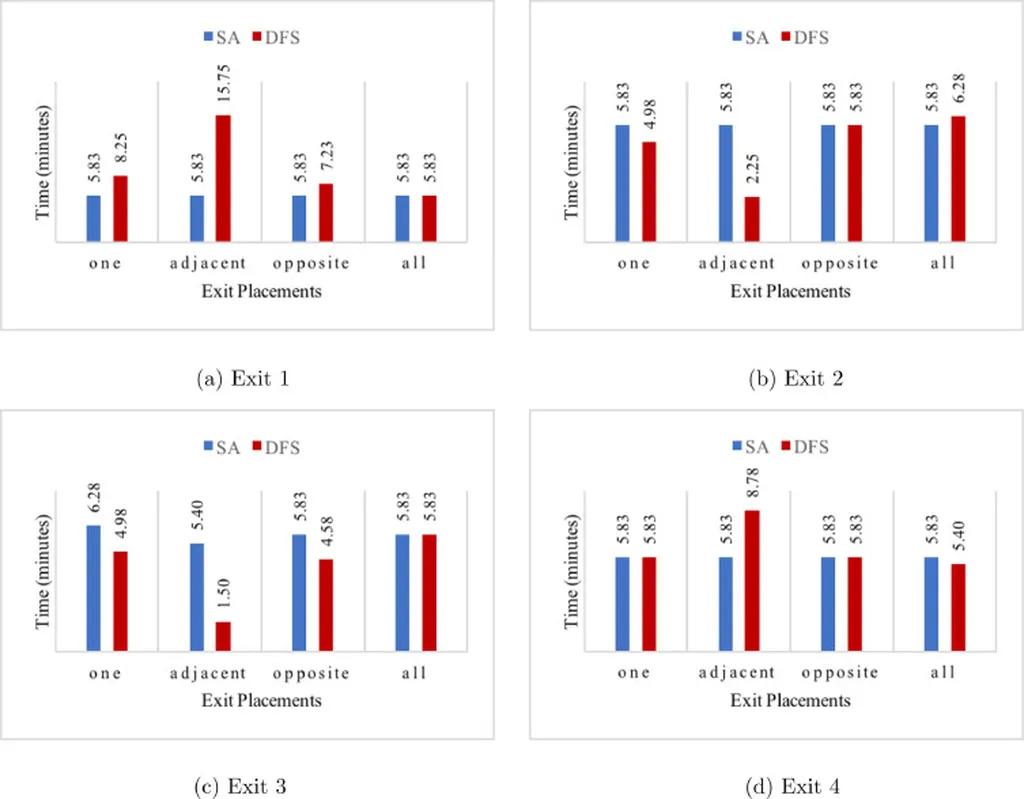In the realm of building design and safety, a groundbreaking study has emerged that could significantly impact how we approach evacuation planning, particularly in elliptical corridor-type buildings. Valery G. Shamonin, a Candidate of Physical and Mathematical Sciences and Leading Researcher, has published a paper in the journal ‘Актуальные вопросы пожарной безопасности’ (translated to ‘Topical Issues of Fire Safety’) that delves into the optimal placement of evacuation exits to minimize congestion and enhance safety during emergencies.
Shamonin’s research focuses on the intricate problem of determining the best locations for evacuation exits along curved corridors, specifically those shaped like ellipses. The goal is to reduce the mixing of human flows, which can lead to dangerous congestion during evacuations. “By strategically placing exits, we can create a more efficient and safer evacuation process,” Shamonin explains. This is particularly relevant for buildings with narrow corridors, where space constraints can exacerbate the challenges of evacuation.
The study presents an algorithm for calculating the optimal distribution of exits in narrow corridors. This algorithm considers the coordinates of the centers and the number of evacuation exits, using a method of local variations to achieve the best possible outcome. “Our approach ensures that evacuation routes are as efficient as possible, reducing the risk of bottlenecks and improving overall safety,” Shamonin adds.
The implications of this research are far-reaching, especially for the energy sector, where large, complex buildings such as power plants and refineries require meticulous evacuation planning. Effective evacuation strategies are crucial for protecting personnel and ensuring business continuity in the event of an emergency. By adopting the findings of this study, energy companies can enhance their safety protocols and potentially reduce the risk of casualties and property damage.
Moreover, the research could influence future building codes and regulations, encouraging architects and engineers to incorporate more sophisticated evacuation planning into their designs. This could lead to safer public spaces, workplaces, and residential buildings, ultimately saving lives and minimizing the impact of emergencies.
As the world continues to grapple with the challenges of urbanization and the construction of increasingly complex structures, studies like Shamonin’s are invaluable. They provide the scientific foundation for creating safer, more efficient buildings that can withstand and recover from emergencies. By embracing these advancements, the construction and energy sectors can work together to build a safer future for all.

